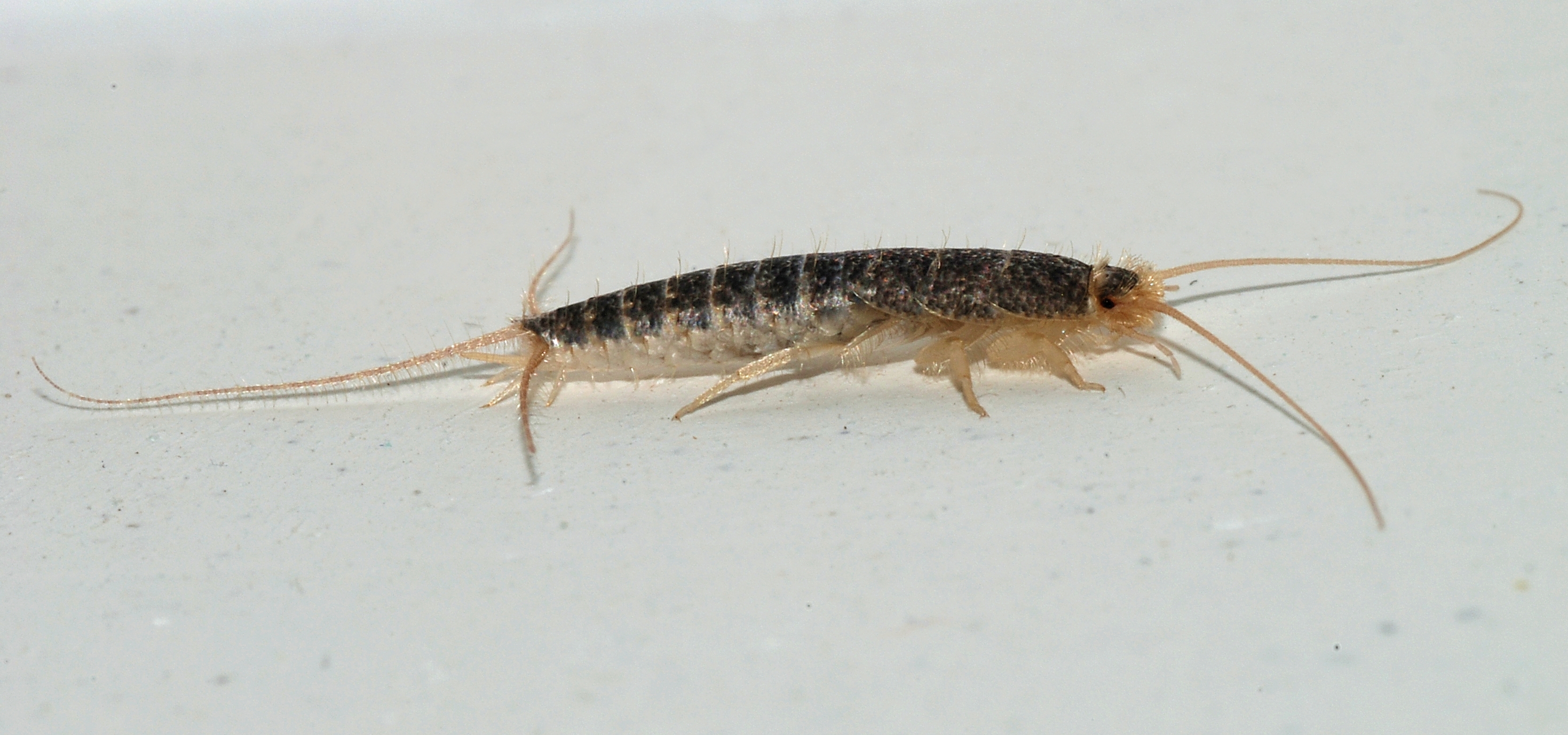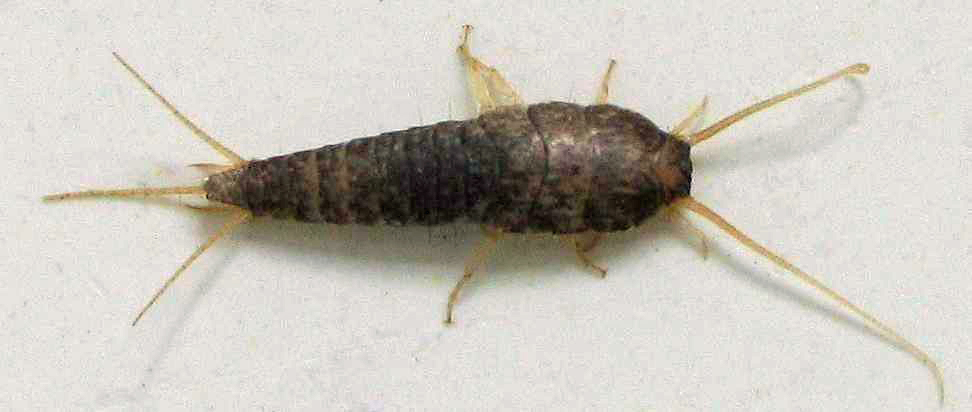|
Lepidotrichidae
Lepidotrichidae is a family of basal insects belonging to the order Zygentoma (silverfish and allies) The family contains the extinct '' Lepidotrix'', known from specimens preserved in Eocene aged European amber. The extant Extant is the opposite of the word extinct. It may refer to: * Extant hereditary titles * Extant literature, surviving literature, such as ''Beowulf'', the oldest extant manuscript written in English * Extant taxon, a taxon which is not extinct, ... genus '' Tricholepidion'', which contains a single species, '' Tricholepidion gertschi'' from western North America, has also been typically considered a member of the family. However, some more recent research has suggested that the two genera are not particularly closely related, and ''Tricholepidion'' should instead be assigned to its own family Tricholepidiidae. References External linksLepidotrichidae.Integrated Taxonomic Information System (ITIS). Insect families Taxa named by Filippo Silvestri [...More Info...] [...Related Items...] OR: [Wikipedia] [Google] [Baidu] |
Zygentoma
Zygentoma are an order in the class Insecta, and consist of about 550 known species. The Zygentoma include the so-called silverfish or fishmoths, and the firebrats. A conspicuous feature of the order are the three long caudal filaments. The two lateral filaments are cerci, and the medial one is an epiproct or ''appendix dorsalis''. In this they resemble the Archaeognatha, although the cerci of Zygentoma, unlike in the latter order, are nearly as long as the epiproct. Until the late twentieth century the Zygentoma were regarded as a suborder of the Thysanura, until it was recognized that the order Thysanura was paraphyletic, thus raising the two suborders to the status of independent monophyletic orders, with Archaeognatha as sister group to the Dicondylia, including the Zygentoma. Etymology The name "Zygentoma" is derived from the Greek ('), in context meaning "yoke" or "bridge"; and ('), "insects", literally "cut into" because of the segmented anatomy of typical insects ... [...More Info...] [...Related Items...] OR: [Wikipedia] [Google] [Baidu] |
Tricholepidion
''Tricholepidion'' is a genus of wingless insect belonging to Zygentoma (silverfish and allies), with only a single described species ''T. gertschi,'' native to the northern coast of California in Western North America. It lives under dead bark and in rotting wood of conifers in Mesophyte, mesophytic forests. It is alternatively considered the only living member of the family Lepidotrichidae, which also includes ''Lepidotrix'' from Eocene aged European amber, or the only member of the family Tricholepidiidae. The taxonomic position of ''Tricholepidion'' is uncertain, in some molecular phylogenetics studies it has been recovered as less closely related to flying insects (Pterygota) than the rest of Zygentoma is, rendering Zygentoma paraphyletic. Each compound eye contains ~40 ommatidia, and they have three ocelli. Scales on the body are absent. Unlike Archaeognatha and the other families of Zygentoma, which have three- and sometimes two-segmented tarsi, they have five-segmented tars ... [...More Info...] [...Related Items...] OR: [Wikipedia] [Google] [Baidu] |
Lepidotrix
''Lepidotrix'' is an extinct genus of wingless insect belonging to Zygentoma (silverfish and allies) in the family Lepidotrichidae. There is one described species in ''Lepidotrix'', ''L. piliferum/pillifera''. It is known from specimens found in Eocene aged Baltic amber and Rovno amber. The genus lacks occelli. Its relationship with the extant genus '' Tricholepidion,'' which has historically been placed in the same family, is disputed, with some studies finding the two taxa to not be closely related, with ''Tricholepidion'' being placed in its own family instead. While often spelled ''Lepidothrix'' in historic literature, this is homonymous with a genus of birds, and ''Lepidotrix'' was the spelling used in the original publication. References † A dagger, obelisk, or obelus is a typographical mark that usually indicates a footnote if an asterisk has already been used. The symbol is also used to indicate death (of people) or extinction (of species). It is on ... [...More Info...] [...Related Items...] OR: [Wikipedia] [Google] [Baidu] |
Insect
Insects (from Latin ') are pancrustacean hexapod invertebrates of the class Insecta. They are the largest group within the arthropod phylum. Insects have a chitinous exoskeleton, a three-part body (head, thorax and abdomen), three pairs of jointed legs, compound eyes and one pair of antennae. Their blood is not totally contained in vessels; some circulates in an open cavity known as the haemocoel. Insects are the most diverse group of animals; they include more than a million described species and represent more than half of all known living organisms. The total number of extant species is estimated at between six and ten million; In: potentially over 90% of the animal life forms on Earth are insects. Insects may be found in nearly all environments, although only a small number of species reside in the oceans, which are dominated by another arthropod group, crustaceans, which recent research has indicated insects are nested within. Nearly all insects hatch from eggs ... [...More Info...] [...Related Items...] OR: [Wikipedia] [Google] [Baidu] |
Insect Families
Insects (from Latin ') are pancrustacean hexapod invertebrates of the class Insecta. They are the largest group within the arthropod phylum. Insects have a chitinous exoskeleton, a three-part body (head, thorax and abdomen), three pairs of jointed legs, compound eyes and one pair of antennae. Their blood is not totally contained in vessels; some circulates in an open cavity known as the haemocoel. Insects are the most diverse group of animals; they include more than a million described species and represent more than half of all known living organisms. The total number of extant species is estimated at between six and ten million; In: potentially over 90% of the animal life forms on Earth are insects. Insects may be found in nearly all environments, although only a small number of species reside in the oceans, which are dominated by another arthropod group, crustaceans, which recent research has indicated insects are nested within. Nearly all insects hatch from eggs. Insect ... [...More Info...] [...Related Items...] OR: [Wikipedia] [Google] [Baidu] |
Filippo Silvestri
Filippo Silvestri (22 June 1873 – 10 June 1949) was an Italian entomologist. He specialised in world Protura, Thysanura, Diplura and Isoptera, but also worked on Hymenoptera, Myriapoda and Italian Diptera. He is also noted for describing and naming the previously unknown order Zoraptera. In 1938 he was nominated to the Pontifical Academy of Sciences, the scientific academy of the Vatican. Silvestri was born in Bevagna. A keen young naturalist, he became assistant to Giovanni Battista Grassi (1854–1925), Director of the Institute of Anatomical Research of the University of Rome. In 1904, Silvestri became Director of the Institute of Entomology and Zoology at the agricultural college in Portici (the Laboratorio di Zoologia Generale e Agraria, now Faculty of Agriculture), a position he held for 45 years. He discovered polyembryony in the 1930s while working on ''Litomatix truncatellus'' Hymenoptera. His collection is in the Museo Civico di Storia Naturale di Genova. Duplica ... [...More Info...] [...Related Items...] OR: [Wikipedia] [Google] [Baidu] |
Basal (phylogenetics)
In phylogenetics, basal is the direction of the ''base'' (or root) of a rooted phylogenetic tree or cladogram. The term may be more strictly applied only to nodes adjacent to the root, or more loosely applied to nodes regarded as being close to the root. Note that extant taxa that lie on branches connecting directly to the root are not more closely related to the root than any other extant taxa. While there must always be two or more equally "basal" clades sprouting from the root of every cladogram, those clades may differ widely in taxonomic rank, species diversity, or both. If ''C'' is a basal clade within ''D'' that has the lowest rank of all basal clades within ''D'', ''C'' may be described as ''the'' basal taxon of that rank within ''D''. The concept of a 'key innovation' implies some degree of correlation between evolutionary innovation and diversification. However, such a correlation does not make a given case predicable, so ancestral characters should not be imputed ... [...More Info...] [...Related Items...] OR: [Wikipedia] [Google] [Baidu] |
Silverfish
The silverfish (''Lepisma saccharinum'') is a species of small, primitive, wingless insect in the order Zygentoma (formerly Thysanura). Its common name derives from the insect's silvery light grey colour, combined with the fish-like appearance of its movements. The scientific name (''L. saccharinum'') indicates that the silverfish's diet consists of carbohydrates such as sugar or starches. While the common name ''silverfish'' is used throughout the global literature to refer to various species of Zygentoma, the Entomological Society of America restricts use of the term solely for ''Lepisma saccharinum''. Description The silverfish is a nocturnal insect typically long. Its abdomen tapers at the end, giving it a fish-like appearance. The newly hatched are whitish, but develop a greyish hue and metallic shine as they get older. It has two long cerci and one terminal filament at the tip of the abdomen between the cerci. It also has two small compound eyes, although other mem ... [...More Info...] [...Related Items...] OR: [Wikipedia] [Google] [Baidu] |
Extinct
Extinction is the termination of a kind of organism or of a group of kinds ( taxon), usually a species. The moment of extinction is generally considered to be the death of the last individual of the species, although the capacity to breed and recover may have been lost before this point. Because a species' potential range may be very large, determining this moment is difficult, and is usually done retrospectively. This difficulty leads to phenomena such as Lazarus taxa, where a species presumed extinct abruptly "reappears" (typically in the fossil record) after a period of apparent absence. More than 99% of all species that ever lived on Earth, amounting to over five billion species, are estimated to have died out. It is estimated that there are currently around 8.7 million species of eukaryote globally, and possibly many times more if microorganisms, like bacteria, are included. Notable extinct animal species include non-avian dinosaurs, saber-toothed cats, dod ... [...More Info...] [...Related Items...] OR: [Wikipedia] [Google] [Baidu] |
Eocene
The Eocene ( ) Epoch is a geological epoch that lasted from about 56 to 33.9 million years ago (mya). It is the second epoch of the Paleogene Period in the modern Cenozoic Era. The name ''Eocene'' comes from the Ancient Greek (''ēṓs'', " dawn") and (''kainós'', "new") and refers to the "dawn" of modern ('new') fauna that appeared during the epoch. The Eocene spans the time from the end of the Paleocene Epoch to the beginning of the Oligocene Epoch. The start of the Eocene is marked by a brief period in which the concentration of the carbon isotope 13C in the atmosphere was exceptionally low in comparison with the more common isotope 12C. The end is set at a major extinction event called the ''Grande Coupure'' (the "Great Break" in continuity) or the Eocene–Oligocene extinction event, which may be related to the impact of one or more large bolides in Siberia and in what is now Chesapeake Bay. As with other geologic periods, the strata that define the start and e ... [...More Info...] [...Related Items...] OR: [Wikipedia] [Google] [Baidu] |
Extant Taxon
Neontology is a part of biology that, in contrast to paleontology, deals with living (or, more generally, ''recent'') organisms. It is the study of extant taxa (singular: extant taxon): taxa (such as species, genera and families) with members still alive, as opposed to (all) being extinct. For example: * The moose (''Alces alces'') is an extant species, and the dodo (''Raphus cucullatus'') is an extinct species. * In the group of molluscs known as the cephalopods, there were approximately 600 extant species and 7,500 extinct species. A taxon can be classified as extinct if it is broadly agreed or certified that no members of the group are still alive. Conversely, an extinct taxon can be reclassified as extant if there are new discoveries of living species (" Lazarus species"), or if previously-known extant species are reclassified as members of the taxon. Most biologists, zoologists, and botanists are in practice neontologists, and the term neontologist is used ... [...More Info...] [...Related Items...] OR: [Wikipedia] [Google] [Baidu] |





.jpg)
